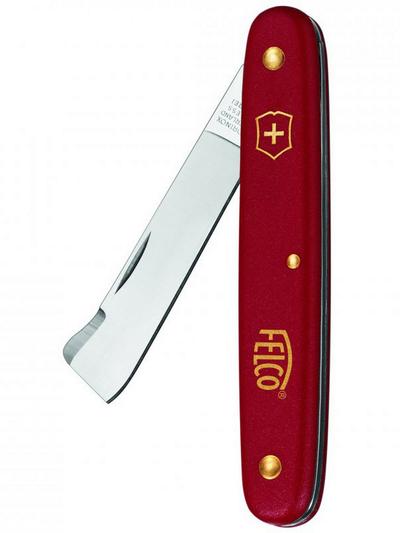
Why Grafting Matters
- Rootstock: Provides strength and disease resistance. It can be grown from seeds or an existing tree.
- Scion: The part that produces the fruit or flowers. Keep it moist and check for two upward-facing buds.
Many fruit trees—including citrus—are grafted for better performance. Grafting is common with specimen trees like magnolias, flowering cherries, and maples.
How to Graft
Prepare the Rootstock:
Make a 3-4cm split in the rootstock using a clean knife or chisel (sanitise the tool with a bleach-water mix).
Prepare the Scion:
Shape the scion into a wedge with a grafting knife. Keep it moist.
Insert the Scion:
Push the scion into the rootstock split until it’s secure, and no cut is visible above the rootstock.
Wrap with Grafting Tape:
Secure the graft with waterproof, airtight grafting tape to prevent drying out.
Wait One Year:
Remove the tape and check for signs of the graft healing.
Wait Two Years:
By this time, the graft should fully heal, and the tree will be a unified, strong plant.
Grafting Supplies
Oderings offers online and in-store grafting knives and tapes to help you get started.












